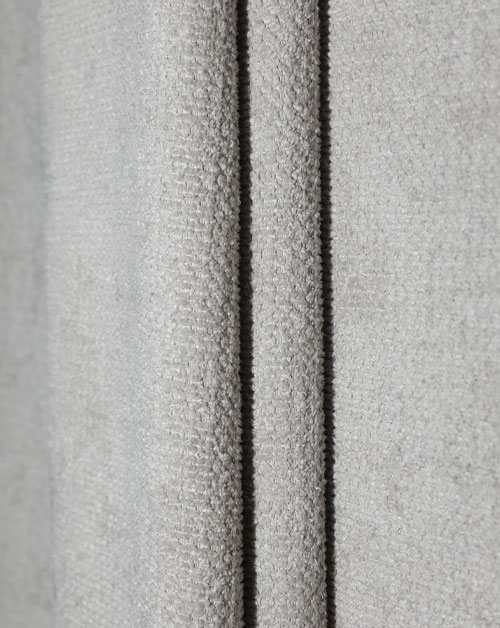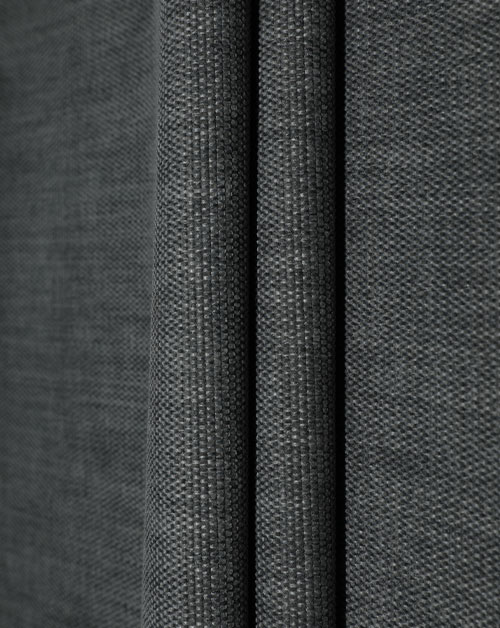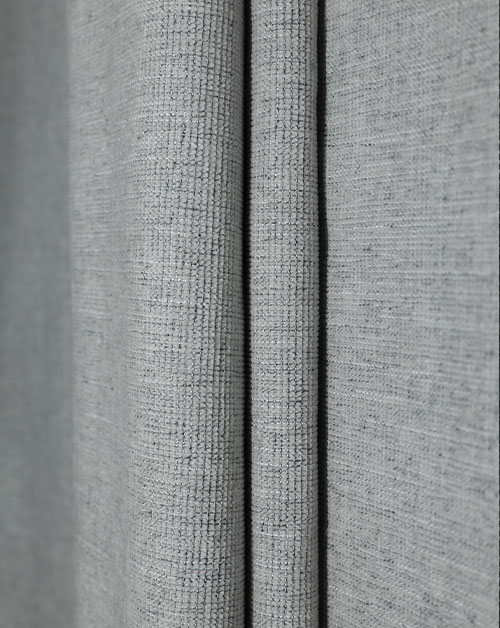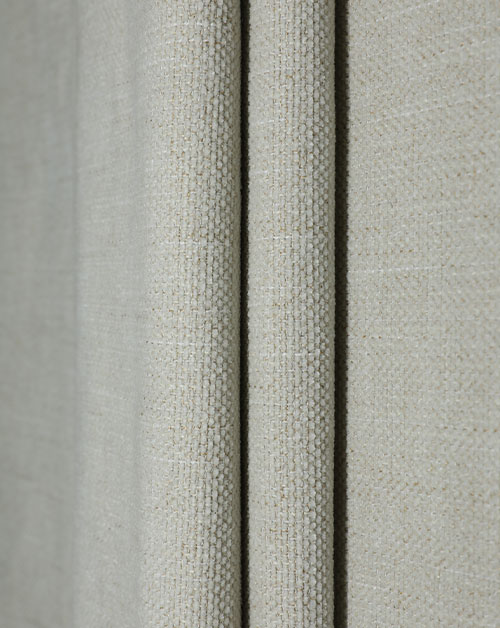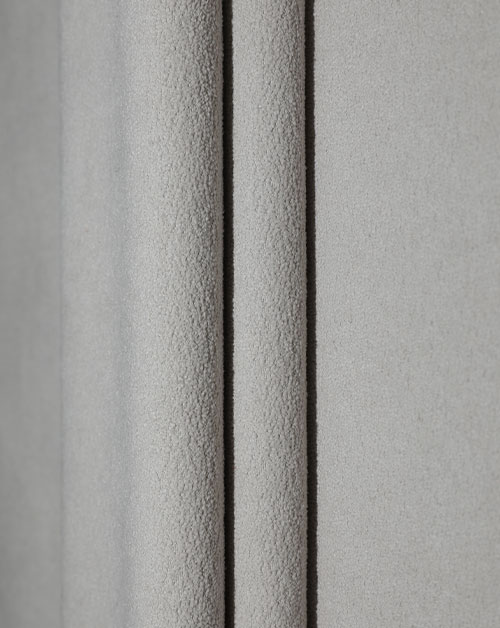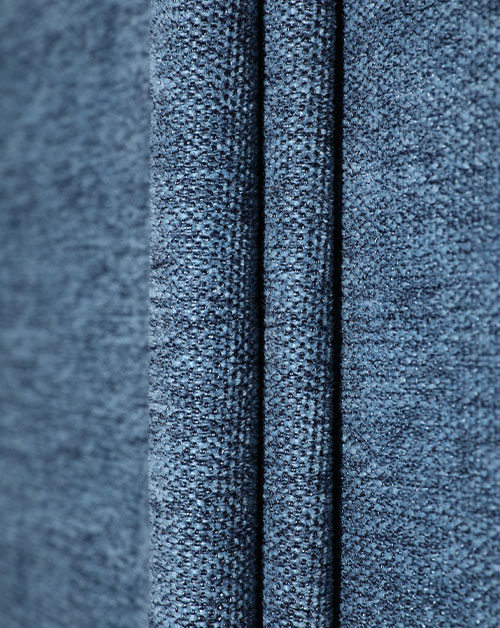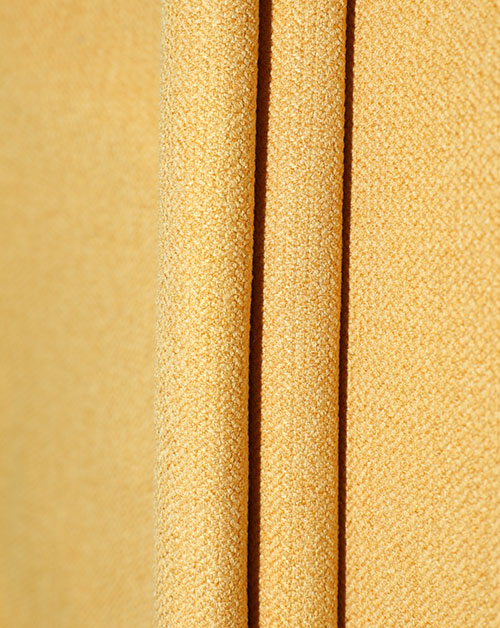Amid growing global environmental awareness, the textile industry is undergoing a profound transformation centered on green production and recycling. As a representative material for sustainable development, recycled fabric is becoming a key trend in a variety of sectors, including apparel, home furnishings, and automotive interiors. This type of fabric not only helps reduce resource waste and carbon emissions, but also demonstrates strong potential for design innovation and performance, making it a key force in the modern textile industry.
I. The Concept and Production Principles of Recycled Fabrics
Recycled fabrics are textile materials made from recycled fibers or textile waste, reprocessed through physical or chemical methods. Primary sources include recycled plastic bottles, used clothing, and industrial fiber scraps. The recycled fiber production process typically involves washing, crushing, melting, spinning, and weaving, ultimately resulting in high-performance fabrics that can be reused in clothing and home textile products.
Technically, physical recycling processes mechanically transform waste materials into new fibers, using less energy and being more environmentally friendly. Chemical recycling, on the other hand, breaks down the molecular structure, restoring the raw material to its polymeric state, resulting in fibers closer to virgin quality. The combination of these two processes allows recycled fabrics to maintain their environmentally friendly properties while also possessing excellent abrasion resistance, softness, and dyeability.

II. The Environmental Value and Social Significance of Recycled Fabrics
The greatest advantage of recycled fabrics lies in resource conservation and environmental protection. The world generates a vast amount of textile waste annually, much of which is landfilled or incinerated, causing serious pollution to the land and air. The use of recycled fibers can effectively reduce waste emissions and enable the recycling of textiles. Compared to traditional virgin fibers, recycled fabrics significantly reduce energy consumption and CO2 emissions during production, thereby driving the entire industry towards low-carbon manufacturing.
The promotion of recycled fibers also has far-reaching social significance. It not only promotes the improvement of green manufacturing systems but also enhances public environmental awareness. An increasing number of brands are integrating sustainable development into their core brand concepts, incorporating recycled materials into their designs and supply chain management to provide consumers with products that are both fashionable and responsible.
III. The Performance and Expanded Applications of Recycled Fabrics
The performance of modern recycled fabrics goes beyond environmental protection; their texture, functionality, and comfort have been greatly enhanced. Through advanced spinning and finishing techniques, recycled fibers exhibit excellent breathability and moisture absorption, while also possessing various functional properties such as wrinkle resistance, antibacterial properties, and quick-drying properties.
In terms of application, recycled fabrics are gradually expanding beyond sportswear to include high-end fashion, home decor, outdoor equipment, and even automotive interiors. Their high plasticity and design appeal offer broad potential in modern design. Many designers are blending recycled and natural fibers to create innovative fabrics that are both environmentally friendly and aesthetically pleasing, injecting new vitality into green fashion.
IV. Development Trends in Recycled Textile Technology
With technological advancements and policy support, recycled textile technology is developing towards higher efficiency and intelligent technology. Digital monitoring systems and automated sorting technologies have significantly improved the efficiency of sorting and recycling waste textiles. The rise of bio-based recycling processes offers more environmentally friendly solutions for fiber regeneration. In the future, as the circular economy system improves, recycled fabrics will become a key support for upgrading the textile industry structure.
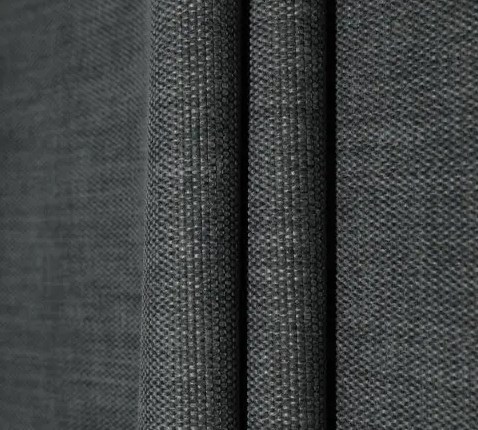
International market demand for sustainable products is also increasing. More and more companies are incorporating recycled raw material certification systems into their supply chains to ensure product traceability and environmental compliance. This not only strengthens consumer trust but also boosts the green competitiveness of the entire textile industry.
V. A New Chapter in Sustainable Development
The rise of recycled fabrics represents not only a technological innovation but also a shift in industry philosophy. It represents the textile industry's transition from a resource-intensive to a recycling-oriented one, driving sustainable evolution across the industry. In the future textile ecosystem, environmental protection, innovation, and responsibility will be key development keywords, and recycled fabrics are the core driving force behind this transformation.
With increasing policy support and rising consumer awareness of green consumption, the use of recycled fabrics will become increasingly widespread. Whether in the fashion industry or home textile manufacturing, this material will become a key symbol of sustainable development. The future of recycled fabrics holds not only the future of textiles but also the hope for sustainable development of the global ecosystem.

 English
English 中文简体
中文简体 русский
русский عربى
عربى